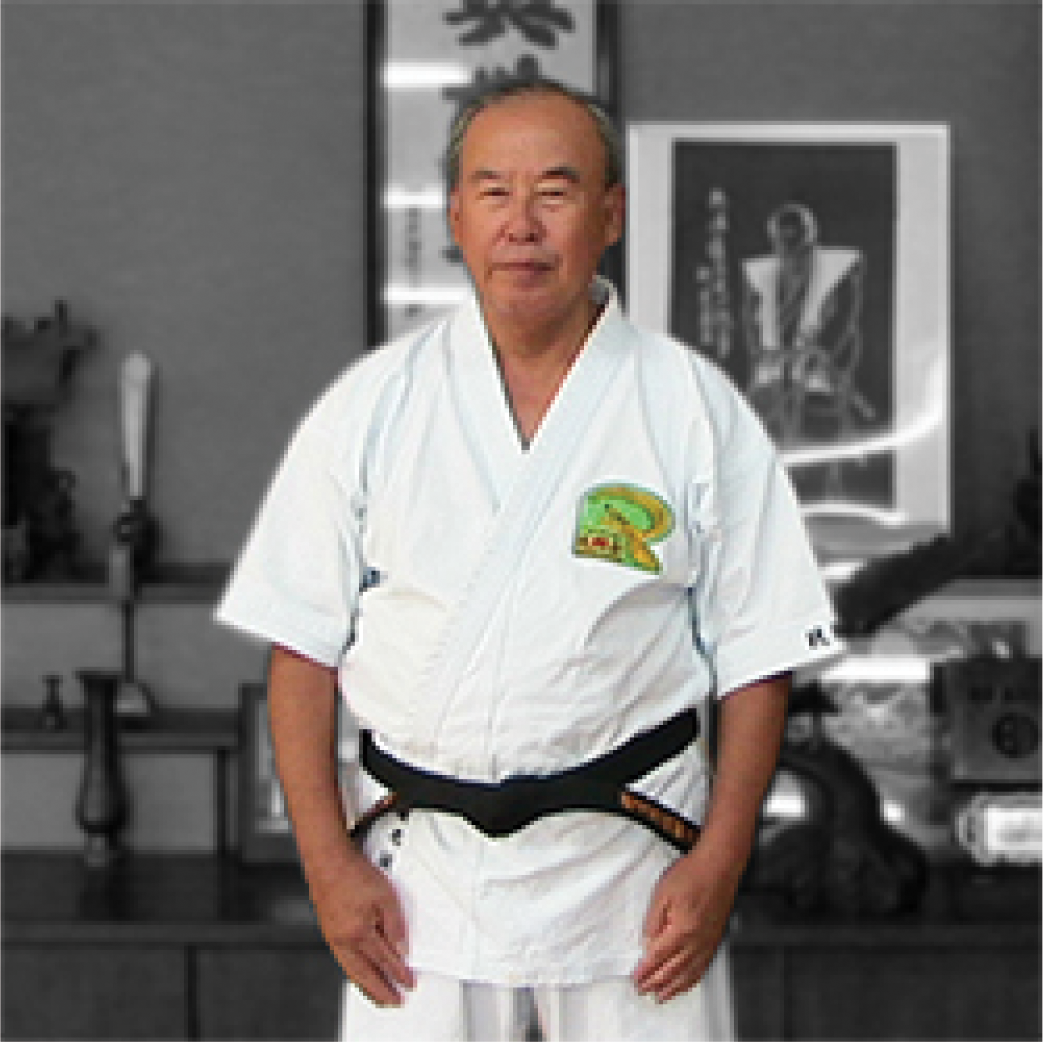
Ryusyokai Goju Ryu is the brainchild of the honorable Hanshi Senaha Shigetoshi. Hanshi Senaha was among the top students of the Meibukan Goju Ryu style. This style was initiated by Hanshi Meitoku Yagi, who had rained in Okinawa Goju Ryu karate with the founder of the Goju Ryu system, the legendary Shihan Chojun Miyagi. Hanshi Senaha comes up with the Ryusyokai concept in March 1999 and his primary aim was to preserve Okinawan Goju Ryu in its original spirit and to retain the techniques in its pure fundamental form. Okinawan Goju Ryu is known to be one of the few styles that has remained absolutely pure, as within its katas, all the techniques of the style are inherent.
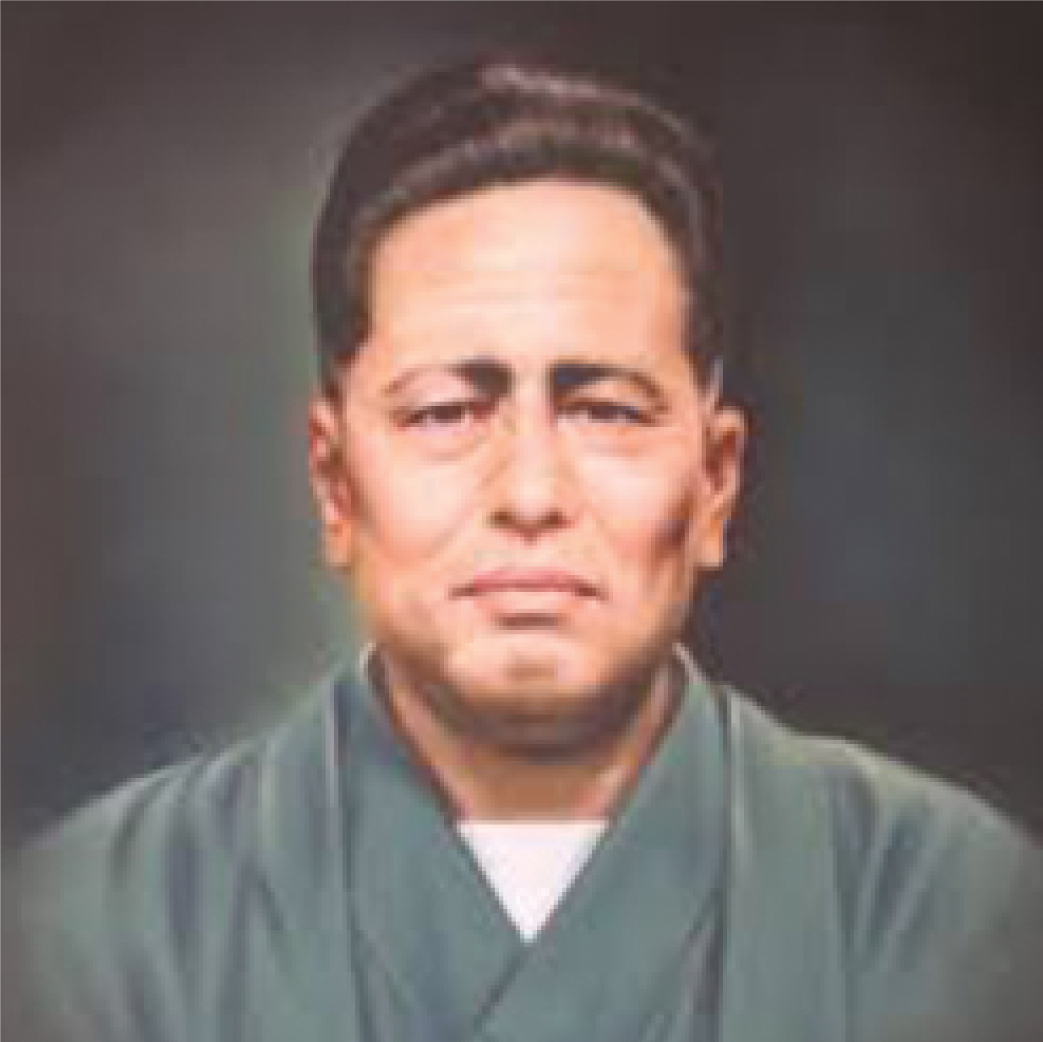
The philosophy of Goju-Ryu is one of balance and harmony. As there is night, there is also day. As there is fire, there is also water. As there is dark, there is also light. The founder of our style, Grandmaster Chojun Miyagi, created Goju-Ryu by following similar precepts found in the Chinese martial arts. “Go” means to be hard or resilient, while “Ju” means to be soft or yielding. In this way, Goju-Ryu is the school of “hard/soft.” While this philosophy applies to the technical and physical aspects of Goju-Ryu, it is also the underlying feeling. In the study of Goju-Ryu, we hope to attain balance and harmony not only in our practice, but also in our mind, body, and spirit. Goju-ryu tends to emphasize meeting opponents with the opposite of what they are utilizing. For example, striking the head (a hard part of the body) with the open hand (a soft part of the body) or striking the groin (soft) with a groin kick (hard). Beyond this, Goju-ryu karate is known for teaching breathing techniques to a great extent. It also utilizes some takedowns, throws, and weapons.
Karate is primarily a stand up or striking martial art that emerged on the island of Okinawa as a blend of native Okinawan fighting styles and Chinese fighting styles. The term karateka refers to a karate practitioner. In early times, natives to the Ryukyu Islands developed a fighting system that was simply referred to as 'te'. The largest island in the Ryukyu chain is Okinawa Island, which is generally considered the birthplace of karate. In 1372, trade relationships were established between the Ryukyu Islands and the Fujian Province of China, and this eventually spurred several Chinese families to move to Okinawa. These Chinese families began to share Chinese Kenpo with the native Okinawans they came in contact with, which was a blend of Chinese and Indian fighting styles. Through this, traditional Okinawan fighting techniques began to change, even if many families simply developed their own styles of martial arts in isolation.
Healthy Choice: Karate workouts consist of a good mixture of cardiovascular endurance, strength training and flexibility exercises that are designed to benefit the whole body. Most educated people associate karate with discipline. This is because of the format in which the classes are taught. In karate there is a ranking system which lets people know where they stand. Karate doesn't have to be militaristic to the point it was originally intended (after all it is a martial art developed to defend ones' life) but these values are instilled. Generally a person who enters a karate class will see that people will bow to each other, call the instructor Sensei (teacher) and conform to the rules and guidelines set forth by the club. This makes a person feel rather awkward themselves if they don't conform to their surroundings. If there is a problem child or an adult with an overbearing demeanor they will be dealt with on a personal level. Most difficult people can be taught humility simply by being in an evironment where it is prominent.
Self Defence: The key to self defence does not rely on punching and kicking. Learning to be aware of your surroundings and avoiding dangerous situations is the focus of awareness. Simple things that people probably already know are used as constant reminders so that awareness becomes a natural way of thinking.
Balance: Balance is a physical, and mental attribute that is developed as a result of karate training. Balance in the physical sense is acquired by performing drills that make you aware of what your body is doing while in motion. Balance as a mental characteristic is developed as you use karate as a mental stimulant.
Control: Control is a result of focus, concentration, and confidence. Through the efforts of repetitive karate training people learn their limitations. The more aggressive person may want to push those limitations, which is not a bad thing, but they learn to deal with what they have in front of them. Emotions such as anger and fear may never leave a person completely but by practice, like anything else, you can learn to control them.
Self control: You have to feel good about yourself and you have to trust in your abilities to be confident. Karate teaches you how to handle pressure by applying a little bit at a time. Every individual has certain a limit and once you find it you feel comfortable. Once your comfortable you can start to expand or push those limits and feel good about trying something you never imagined you could before. Karate is an endless learning experience that provides constant challenge keeping you alert and to let your confidence grow.
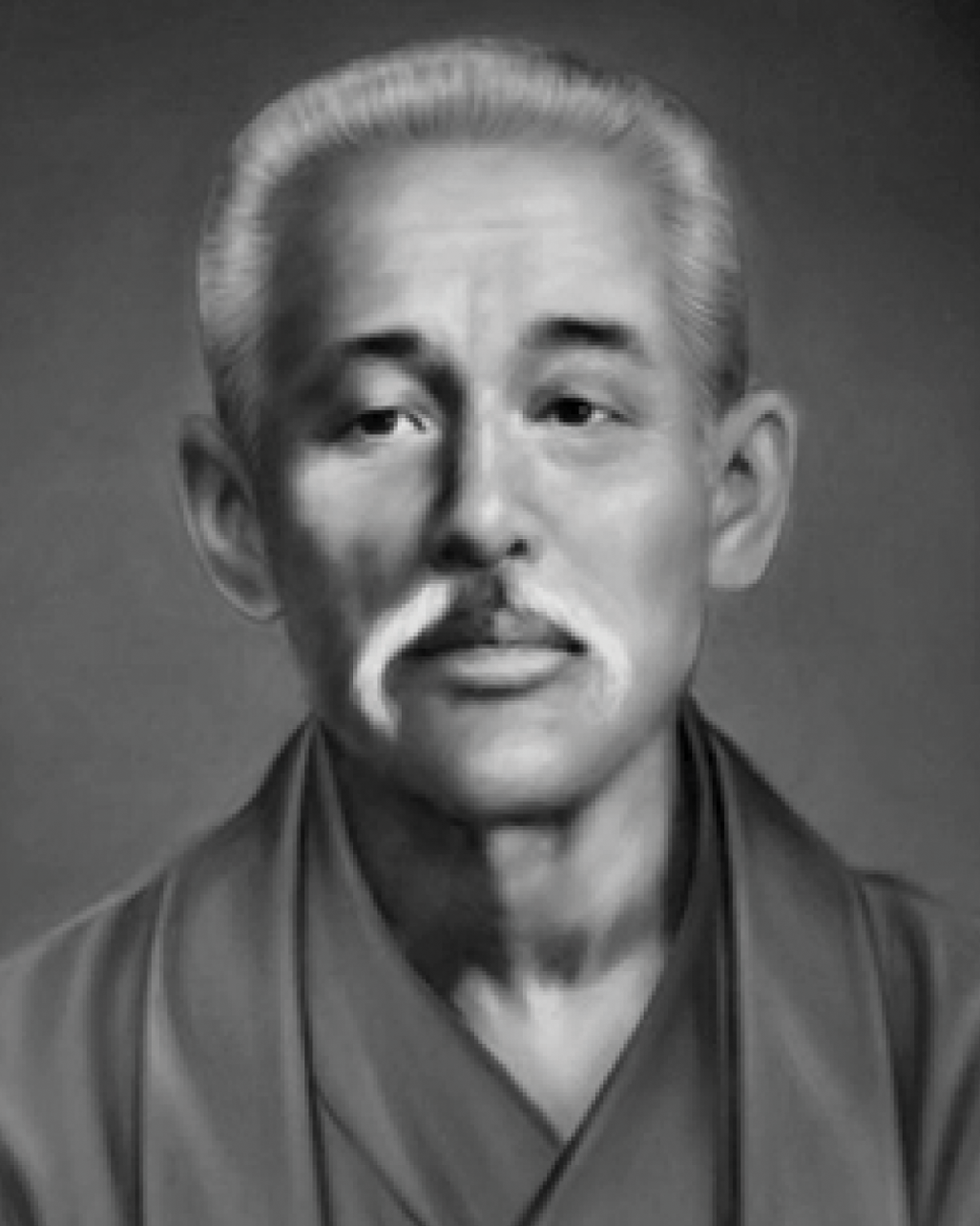
Shoreiryu
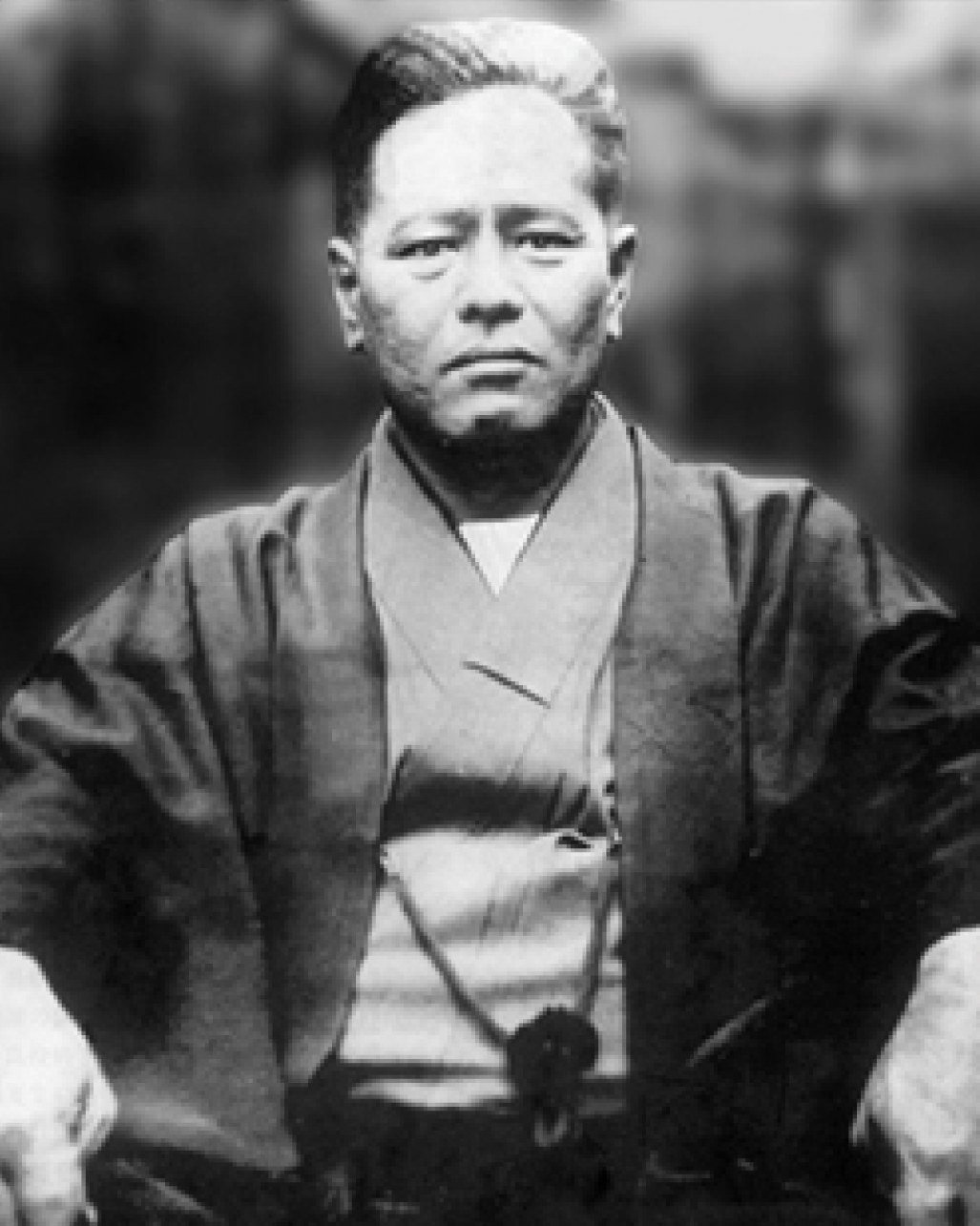
Goju-Ryu
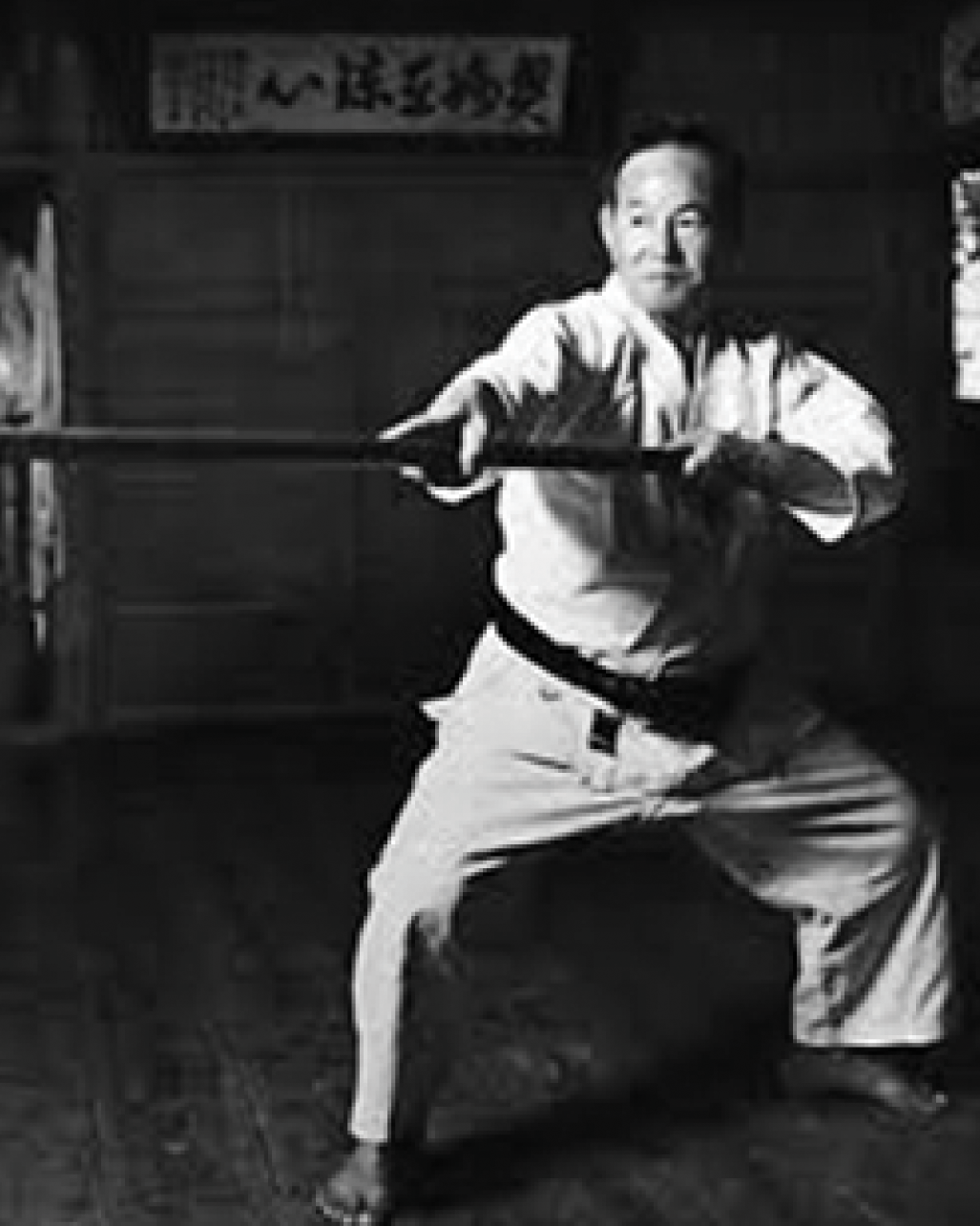
Goju-Ryu Meibukan
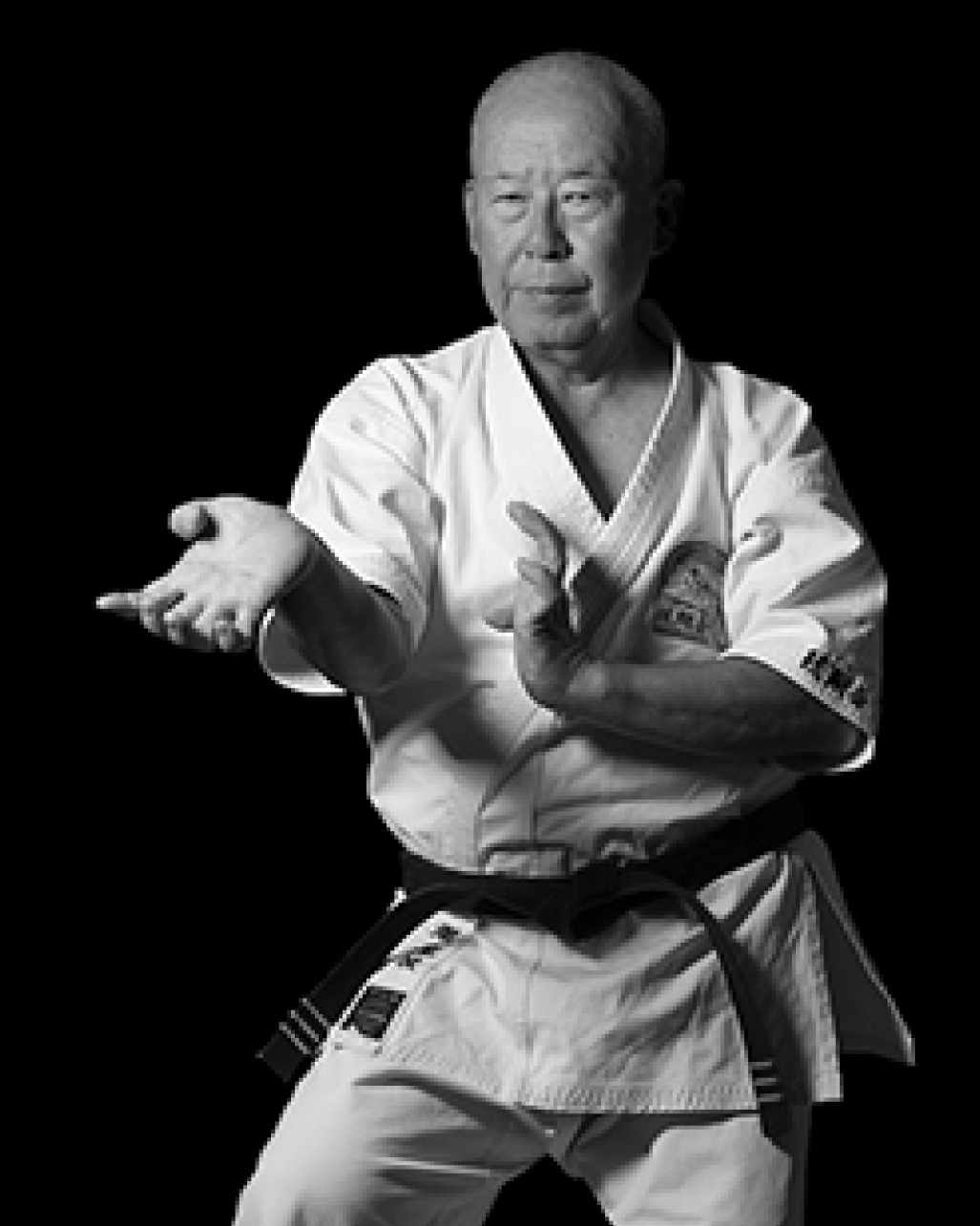
Okinawa Goju-ryu Ryusyokai
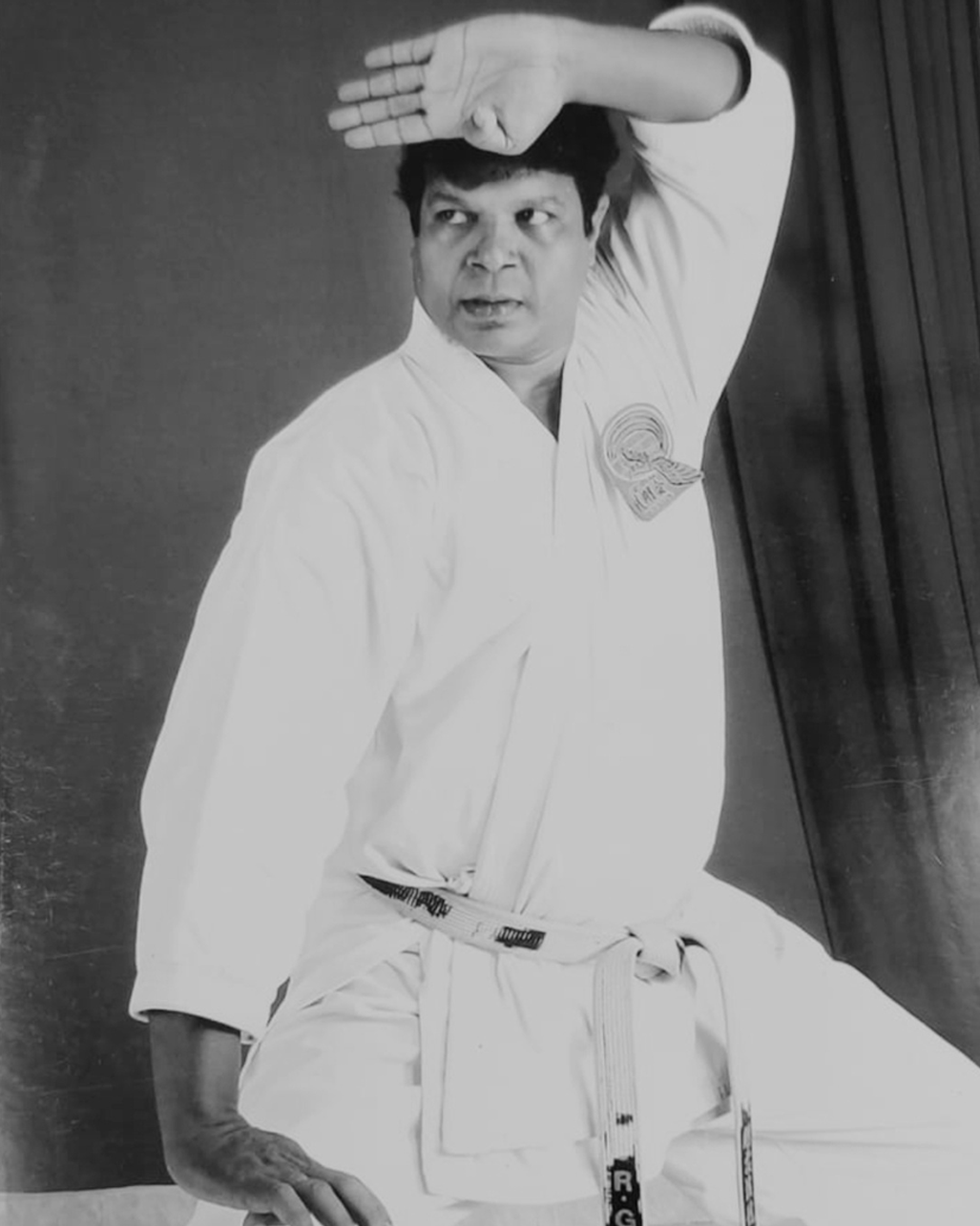
Okinawa Goju-ryu Ryusyokai
Hanshi Senaha was among the top students of the Meibukan Goju Ryu style. This style was initiated by Hanshi Meitoku Yagi, who had trained in Okinawa Goju Ryu karate with the founder of the Goju Ryu system, the legendary Shihan Chojun Miyagi. Hanshi Senaha comes up with the Ryusyokai concept in March 1999 and his primary aim was to preserve Okinawan Goju Ryu in its original spirit and to retain the techniques in its pure fundamental form. Okinawan Goju Ryu is known to be one of the few styles that has remained absolutely pure, as within its katas, all the techniques of the style are inherent.
Hanshi Senaha served as the President of the All-Okinawan Karate Federation from 1967,and in 1974 established the Tomoshiro Meikuban Dojo ( training hall). Prior to receiving the Hanshi 9th Dan (the highest honour is a 10th Dan but Senaha Shihan would not accept a 10th Dan because his teacher was still alive when he was offered the rank) in June 1987, he served as President of the Okinawan Karate-Do Goju Kai. Finally, in March 1999 he founded the Ryosyakai Goju Ryu system.
Hanshi Senaha believed that karate was to a large extent diluted and that many of the original techniques pertaining to actual fighting were no longer emphasized. He also felt that true spirit of the katas (the grammar of karate which contains many hidden effective combat techniques) was being forsaken and was being taught just for the purpose of competitions. It was also his opinion that many instructors failed to propagate the core principles of karate, which is to develop confidence and self-defence techniques.
One of Hanshi Senaha's pupils is Shihan Gopinath, who went to Okinawa to enhance his knowledge and master the techniques of Okinawa Goju Ryu. Today, Shihan Gopinath is the Indian representative and most senior instructor for the Ryusyokai style in India. He received his Black Belt more than 36 years ago and has been teaching the Okinawan Goju Ryu form of karate. He has been propagating Ryusyokai Goju Ryu style in India since 2000 and served as their chief exponent.
Shihan Gopinath has taught young children, teenagers, police personnel, business executives and high ranking public service individuals.
Shihan Gopinath has always insisted on high standards of technical ability and moral character from his students. He has guided many individuals successfully to Black Belt rank, teaching Goju Ryu in a very pure form and as a complete martial art, stressing its self-defence applications right from the time he started teaching the art.
G-2, Ajab Apartments, Shanthi Colony, No:11, Jeevarathinam Nagar, Adyar, Chennai - 600020